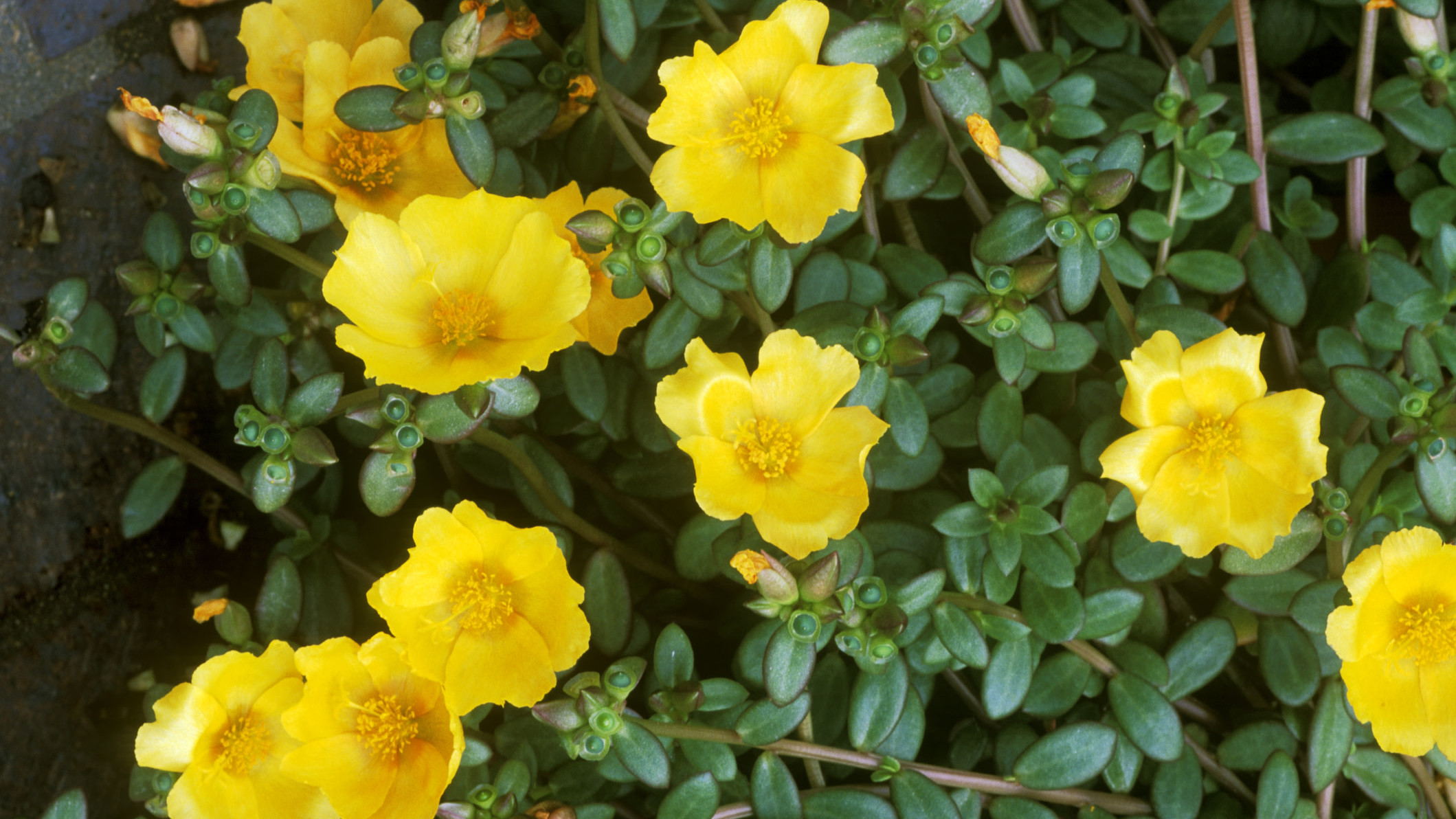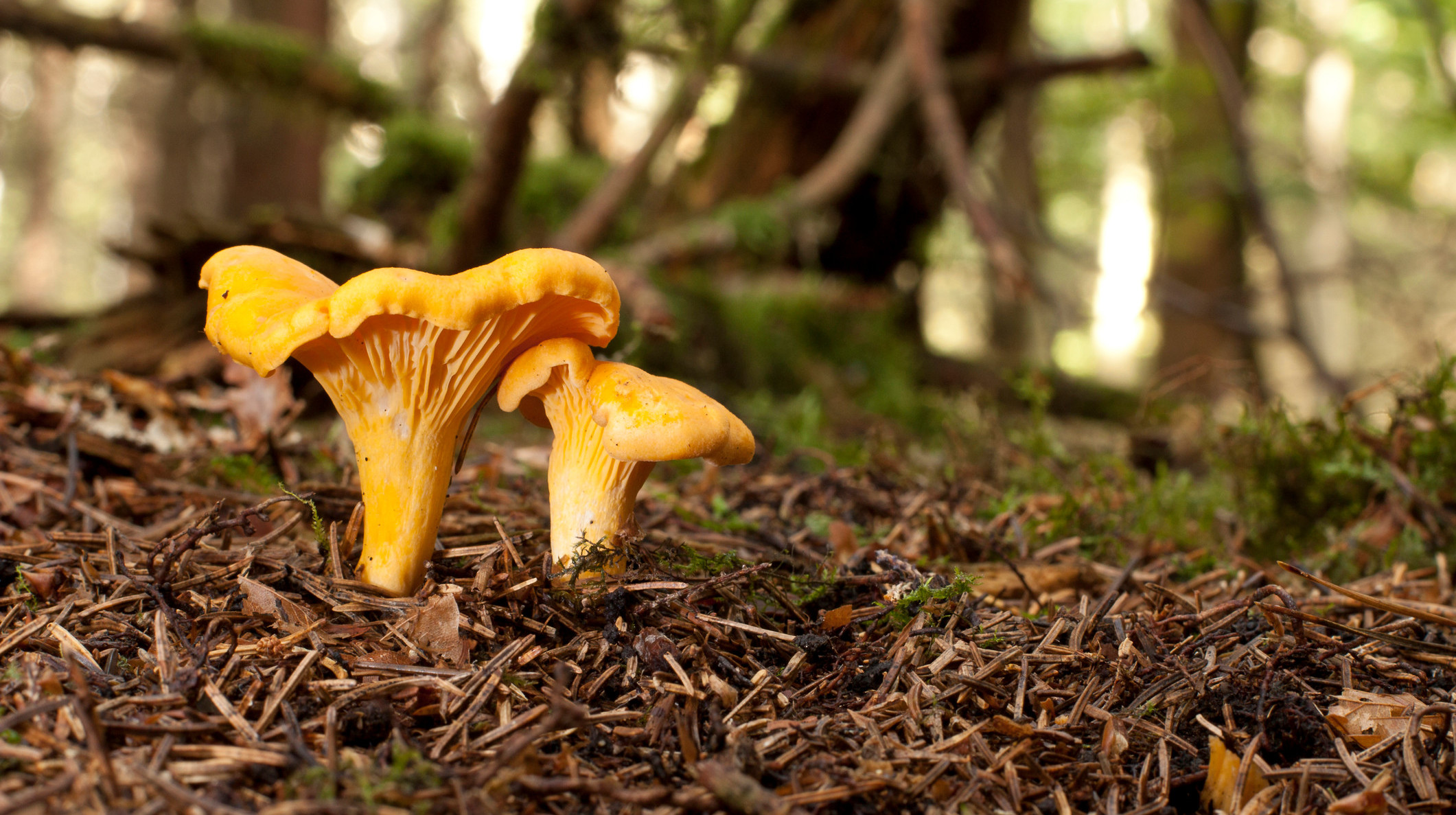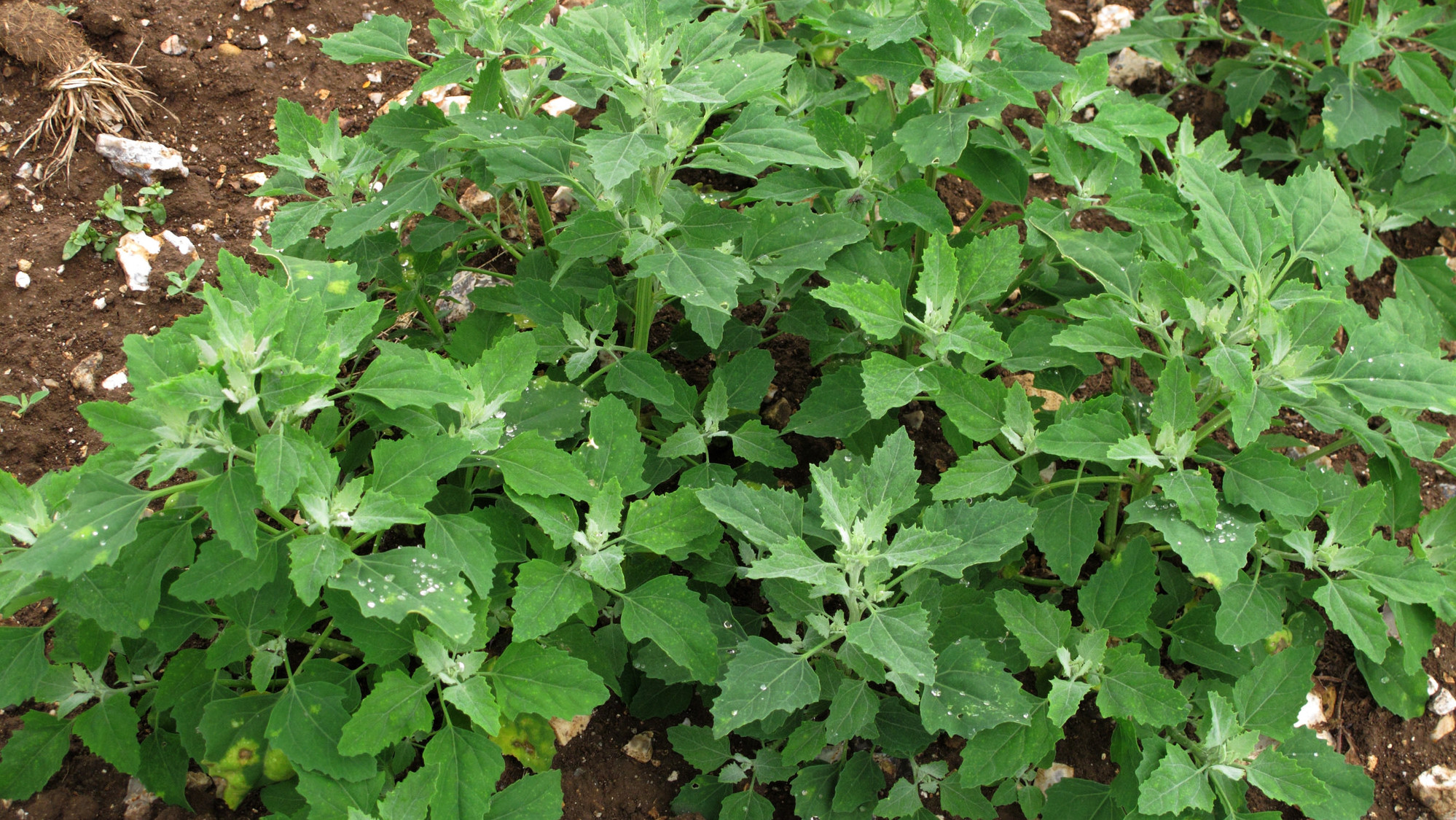The Enthusiastic Layman's Guide To Foraging
Foraging is a dramatic word to use in modern society. Ah, yes, foraging! My village depends on me to enter the thick foliage behind the local Walmart and identify mushrooms, to brave the deep and ominous woods adjacent to Interstate 79, where fearsome squirrels roam with their insatiable bloodlust for acorns. Christ, can't we just say picking mushrooms instead?
I'm a hypocrite, you see, because I fully bought into the idea of foraging for food in the viridescent summer landscape of rural Pennsylvania. My cousin, Andy Palumbo, is a self-taught pro who took me out to show me the basics. He's the type of responsible conservationist I don't have the guts to be. Andy hunts 80% of the meat his family consumes himself. He preserves mushrooms and vegetables so they last year round. He makes flour from ground walnuts he finds in the park. And yet somehow we both bear the name Palumbo.
Foraging for food outside is an excellent exercise in utilizing different flavors and textures. It gets the wheels turning; it makes you a better home cook. Come back with a plastic bag full of weeds and start asking questions. How the hell do I cook with these things? What do they taste like? How do I season them? What else do they need?
Keep in mind that the following isn't meant to be a foraging tutorial. There would be too much information to cover and there are far too many regional variables. I'm a novice, so I'm not going to dole out sage gathering advice. Rather, what I'm offering is a few introductory tips as an eager layman with an enthusiastic curiosity.
It’s all pretty much edible
Most things outside you can eat. Mushrooms are the most rewarding, but you'll also find grape leaves, sumac, chickweed, and wintercress shoots along the side the road. Some of it is worth it. For instance, the combination of chickweed and lamb's quarter makes one of the most refreshing beds of lettuce I've ever had. Wood nettle, though, is certainly not worth replacing, say, Swiss chard.
If you're interested in foraging, start Googling. Talk to your neighbors. Email pros. There are a lot of enthusiastic foragers out there, and they'll all talk your ear off. This guy out in Minnesota is a great resource if you want to learn more about identifying and cooking wild ingredients.
Not sure how to use something? Throw it in a salad or make a pesto
Purslane is small and leafy but less delicate than your average green. It is, after all, a succulent. Its leaves are substantial in thickness and the taste is rather bitter, so what do you do with it? "I just threw it in a potato salad," Andy said. I tried it, and he was validated. The sour crunch of the purslane plays well both with a mayonnaise- and vinegar-based salad.
Cooking with wild plants is a lot like Chopped. When an item in your mystery basket throws you for a loop, find a way to let it shine in a dish that's familiar to you. Remember, just about anything can be blended together with garlic, olive oil, and lemon juice. Pesto and purees are a great way to introduce a foraged ingredient to a more complete idea. Also, there's no shame in constructing a foraged salad from four or five different greens, tossing them in vinaigrette, and diving in. The varying textures and flavors will make for a fresh and pleasant experience.
Hunting for mushrooms is endlessly satisfying
Going into the wilderness and looking for mushrooms is, for my money, an excellent pandemic activity. Looking for chanterelles in particular is worth the effort. Chanterelle season varies, but out here in western Pennsylvania, it should last through August at least. Like all mushrooms, they thrive in a moist habitat, so your chanterelle-hunting bodes well if you're experiencing a wet summer with lots of rain. (This year we even found the elusive cauliflower mushroom, which looks more like it belongs on the bottom of the ocean than in the woods.) They'll lurk in bunches near old maple and oak trees. Luckily for me, my hometown is full of dilapidated parks no one enters. Once you spot one chanterelle, there's bound to be six or seven more in the immediate area. These whimsical bright orange, trumpet-shaped mushrooms practically announce their presence.
To store chanterelles, just place them in a paper bag and they'll be okay for a week in the fridge. I like to preserve mine using a method I borrowed from Andy: cut the dirty stem off each chanterelle, rinse them thoroughly, then chop them down the middle so they're about an inch, inch and a half slivers. The smaller ones I actually leave whole. Place them in a strainer and salt them. Let them sit for an hour or two. Next, simmer them in vinegar with peppercorns, bay leaf, and thyme. Stuff them in a jar with good olive oil and they'll last most of the year as a delicious snack to be eaten with bread.
Hunting for mushrooms is not so easy that you're guaranteed success, but it's not so difficult that you walk away completely empty-handed, either. It's the perfect amount of risk/reward.
Start using lamb’s quarter
I love lamb's quarter. It's got many different aliases: goosefoot, green melde, and wild spinach to name a few. Wild spinach is probably the most accurate name for it. It's leafy and rather mild, but it is excellent in salads. Lamb's quarter is one of the few things that you'll find outside that is a huge upgrade in flavor to what is available at the supermarket. It's as fresh and pleasant as supermarket spinach, and it grows wild. Andy tells me it just started popping up all over his garden unannounced, a welcome sight because, as he says, "growing spinach is a pain in the ass." I used lamb's quarter as the basis for a salad, but its gentle flavor would be great to beef up a pesto or gremolata, too. Lamb's quarter is used quite often for soups and curries in northern India, where it's sometimes grown commercially. However you choose to use it, you can't go wrong.
Don’t bother with some plants
Are wood nettles edible? Sure. These prickly bastards release their stinging hairs as soon as you boil them, but that doesn't mean they're tasty. I blasted them with caramelized onions and bacon, and they still had a rather unpleasant chewiness to them. I'm not sure I'll eat wood nettles again unless faced with the total collapse of society. They may be rich in vitamins, but they're just not worth the effort.
Don’t go foraging hungover
Just a word to the wise: The first morning Andy picked me up to forage, I had spent the previous night diving headfirst into a bottle of whiskey. Big mistake. A lot of foraging is driving around rural country and pulling over to the side of the road when you spot something promising. Pennsylvania has some narrow, winding routes and they're all called shit like Breakneck Bridge and Skunk Run. Plus, it's humid and you spend most of your time looking down at the ground. Foraging requires a lot of eye work and I almost hurled a few times. Put down the bottle the night before you go, and make sure you drink plenty of water.
If you're sober, good for you.


